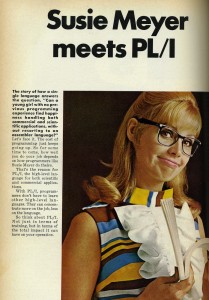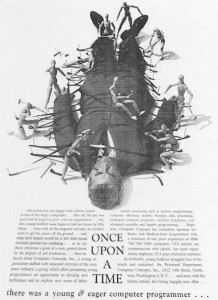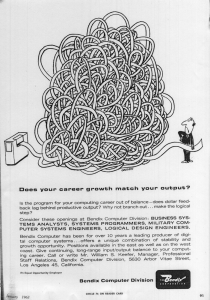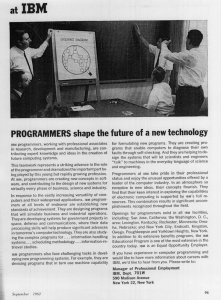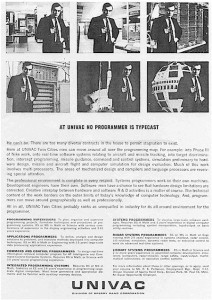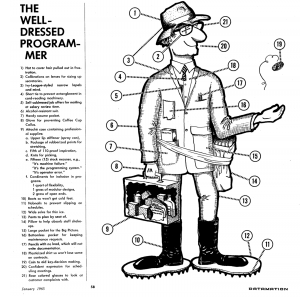One of the big goals of The Computer Boys book was to help shift the focus of center of gravity of the history of computing from hardware to software, from machines to people — and not just the usual people, the “great man” inventors that dominate most popular histories of computing, but the thousands of largely anonymous men and women who worked to construct the computerized systems that form the basic infrastructure of our modern, information-centric society.
It has been a source of great embarrassment to me, therefore, to have people ask me about the man pictured on the cover of my book and not to have any real information about who he was or what he did. I did not even know exactly which computer he was standing in front of. [For those of you not familiar with the publishing business, my ignorance is somewhat excusable: in most cases, authors have no input into the book design process, and I never communicated directly with the graphic designers who did the (excellent) cover design.]
Thanks to Richard Gillespie, the head of the History & Technology department at the Museum Victoria in Melbourne, Australia, I now know exactly who this person was. His name was Trevor Pearcey, and the machine he is standing in front of is the CSIR Mark 1, the fourth stored program computer ever constructed. Pearcey was trained as a physicist and mathematician who in 1945 left England for Australia to work at the Radiophysics Division of the Council for Scientific and Industrial Research (CSIR). The CSIR Mark 1, which he helped design, ran its first program in 1949 and was operational by 1951. The Museum Victoria has an excellent exhibit on this early and important computer.
Trevor Pearcey went on to become one of the great figures in Australian computing. The Pearcey Foundation and the Pearcey National Award were established in honor of his accomplishments. He was born in 1919, and died in 1998.
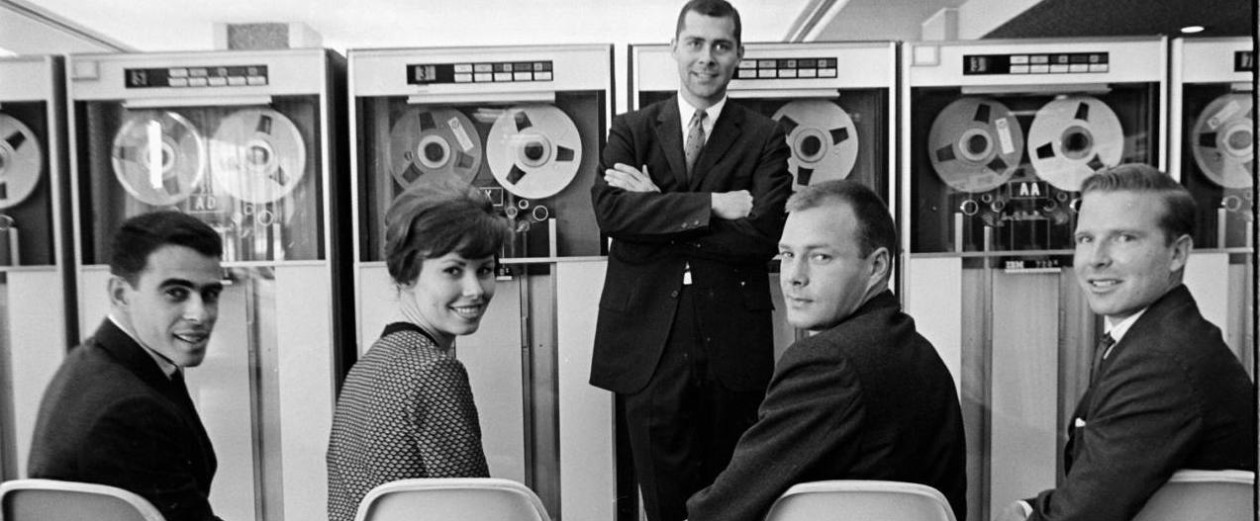
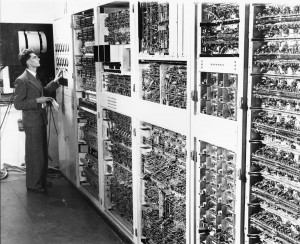
 Follow
Follow